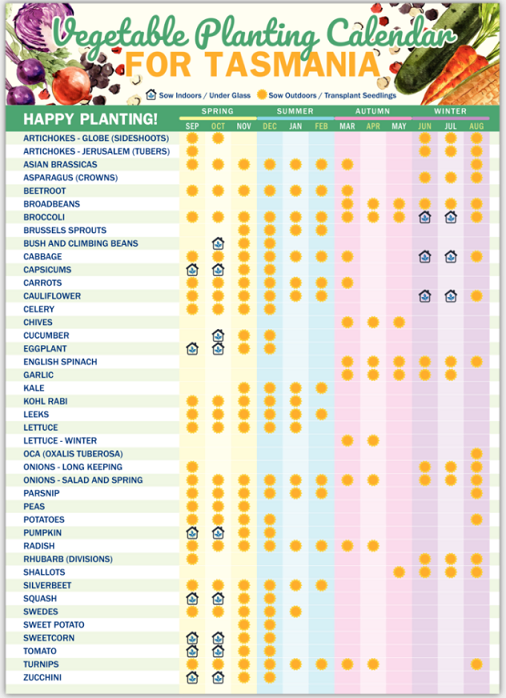
IF YOU live in a frosty district and are thinking of buying and planting a citrus tree, by all means go ahead — but don’t do it just yet.
In cool districts, most citruses offered for sale at garden centres are stored under some kind of overhead protection.
To plant even the hardiest citrus varieties out in the open while frosty nights are still occurring is asking for trouble — and not just damaged foliage.
Most citrus trees quickly recover from frost burn, but the thin stems of young trees can freeze solid and split causing the entire tree to die.
So wait until all frost dangers have passed before planting out a new tree.
All citruses grow strongly through spring and summer, provided they are in sunny, sheltered positions and kept watered. By autumn, most spring-planted citruses are big enough to cope with winter chills.
The hardiest of all citruses are lemons, with Meyer being particularly tough. The trouble is, this variety crops mainly in winter and spring.
The other two common varieties, Eureka and Lisbon, are better value because they can produce non-stop supplies of big lemons year round.
Most citrus trees are more at home in temperate and subtropical climates.
In frosty districts the range of citrus varieties to grow are limited to lemons, cumquats and some grapefruits. Mandarins and oranges also do well, but often need some winter protection.
Limes usually struggle where winters are cold unless grown in pots and dragged under cover when frosts threaten.
When frosts damage the outer foliage of citrus trees, don’t cut off the dead material immediately. It acts as a protective cover against further frosts so leave any pruning until spring.
Scale insects are the most common citrus pests. They cluster beneath the leaves along midribs. If you see columns of ants running up and down your citrus trees the chances are they are not only feeding off the honeydew given off by scales, but protecting their colonies. Better to locate and destroy the ants nests.
Scale-infested trees often look as though they have been dusted with soot. This is the droppings of the insects going mouldy, not a disease.
A safe homemade spray to wipe out scale pests is to blend together a cup of cooking oil, half a cup of water and three drops of household detergent to create a mayonnaise.
After diluting this with 40 parts of water, spray the mixture beneath and over the leaves. This oily stuff smothers the pests and costs almost nothing.
Sometimes, strangely deformed fruit form. The main cause is a citrus bud mite that distorts flowers. Usually only a few fruit are affected so there’s no need to do anything.
Newly formed leaves on grapefruit trees may become strangely wrinkled. “Crinkle-leaf” is relatively harmless so, again, this is no big deal.
In sandy or impoverished soils, citrus leaves turn yellow-green, especially towards the tips of branches. This is typical of a nitrogen deficiency and in cold districts often appears in late winter.
If the soil is dry, water deeply, then spread blood and bone, old chook manure or pellets on the surface, below and just beyond the drip-line.
In spring, start watering-in well-diluted fish emulsion, especially beneath the drip-line.
When older leaves start to take on a pale blotchy appearance it’s due to a lack of either magnesium or zinc.
Add a dessertspoon of Epsom salts to a full bucket of water and stir to dissolve. Spray the solution over the entire tree and ground over the root zone.
A short, blunted clout (stubby galvanised nail) driven directly into the trunk can provide all the zinc needed.
For successful, steady crops, give your citrus trees full sunshine, protection from wind (especially from the sea) and perfect drainage.
Also apply high-nitrogen fertilisers such as diluted fish emulsion every month during the growing season, always after a deep watering.
Most lemon and other citrus tree are pruned mainly to remove dead or diseased branches.
However, when canopies become too badly congested after a few years, they can be hard-pruned in October to leave a few short stumpy branches.
New shoots begin to sprout within weeks and even old, nonproductive, disease-prone trees can be given a new life, fruiting again about a year later.
first published July 13, 2016 - The Weekly Times
-----------------------------------------------------------------------
Check out our Tasmanian Planting Calendar Fridge Magnet – A5 size only

A year-round guide for when to plant your veggies in Tasmania. Never lose your planting guide again with a convenient fridge magnet for secure attachment to any metal surface. This growing guide has been tried and tested by some of the best Gardener’s in Tasmania, and is specifically adapted to the Tasmanian climate.
Excellent Gift for any Tasmanian you know with green thumbs and who likes Peter Cundall as much as i do!
Make sure you follow the calendar and you will have a successful year of growing vegetables in Tasmania.
Price includes FREE SHIPPING Australia wide.BUY HERE